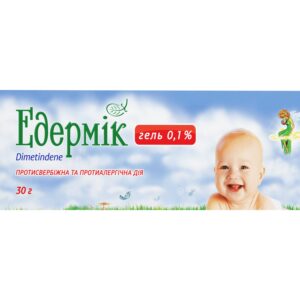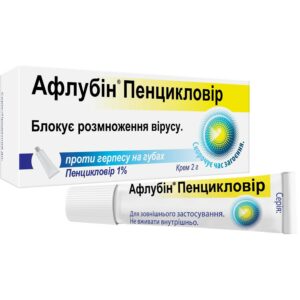No products in the cart.
Great news! The Canada Post strike is over! We’re resuming deliveries to Canada!
Excellente nouvelle ! La grève de Postes Canada est terminée ! Nous reprenons les livraisons vers le Canada !
Great news! The Canada Post strike is over! We’re resuming deliveries to Canada!
Excellente nouvelle ! La grève de Postes Canada est terminée ! Nous reprenons les livraisons vers le Canada !
[category_image]
Bifonal Zdorovya gel 10 mg/g, 15 g tube
$16.67
Bifonal Zdorovya gel 10 mg/g 15 g tube — topical antifungal for treating skin fungal infections, tinea versicolor, erythrasma, foot and hand mycoses.
Categories: Dermatology
Brand: Zdorovye
Pharmacological properties
Bifonazole (1α-(-biphenyl-4-ylbenzyl) imidazole) is a broad-spectrum antifungal agent. Depending on the dose, it has fungistatic or fungicidal properties.
The mechanism of action is based on disrupting the synthesis of ergosterol, a component of fungal cell membranes. It is active against dermatophytes, yeasts (including Candida species), molds (Malassezia furfur), and other fungi, including cocci. Corynebacterium minutissimum and Pityrosporum orbiculare are also sensitive to the drug. After topical application, only 0.6–0.8% of the active substance is absorbed through healthy skin, and 2–4% during inflammatory skin conditions.
The half-life is 19–32 hours. Six hours after application, the concentration of bifonazole in the upper and papillary layers of the epidermis equals or significantly exceeds the minimum inhibitory concentration (MIC) for the main causative agents of dermatomycoses.
Indications
Dermatomycoses caused by dermatophytes, yeasts, molds, and other fungi, including:
- Foot and hand mycoses
- Smooth skin and skin folds infections
- Tinea versicolor
- Superficial candidiasis
- Erythrasma
Usage
Apply the gel once daily in the evening before bedtime in a thin layer to the affected area and rub in. The single dose depends on the size of the affected area — for a palm-sized area, use a column of gel about 5 mm long.
Duration of treatment:
- Foot mycoses and interdigital skin: 3 weeks
- Hand mycoses, skin folds, smooth skin: 2–3 weeks
- Tinea versicolor and erythrasma: 2 weeks
- Superficial candidiasis: 2–4 weeks
Contraindications
Hypersensitivity to the components of the drug.
Side effects
Possible allergic and local reactions (mild redness, skin irritation, occasionally burning or tingling).
Special precautions
Use during the first trimester of pregnancy is only possible under strict indications. Treatment of infants should be conducted under medical supervision.
Storage conditions
Store in a light-protected place at 10–20 °C.
You may also like











